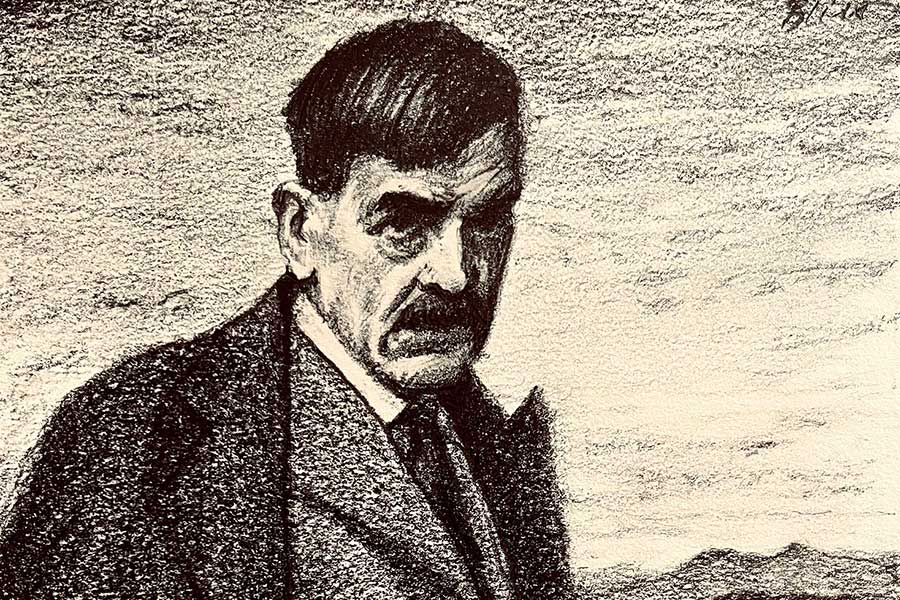Revolutionary RNA Cloning Technique Enhances Understanding of tRNA Fragments in Yeast and Mouse Sperm
Among the various classes of RNAs found in cellular structures, transfer RNAs (tRNAs) have consistently posed significant challenges for researchers, particularly when employing deep sequencing methods. The inherent complexity of tRNA structure, coupled with numerous nucleotide modifications, complicates the process of synthesizing complementary DNA (cDNA) using commonly utilized reverse transcriptases (RTs). In light of these challenges, a recent study benchmarks a promising new RNA cloning protocol known as Ordered Two-Template Relay (OTTR). This innovative approach allows for the characterization of intact tRNAs and their fragments in both budding yeast and mouse tissues.
The research illustrates that OTTR effectively captures both full-length tRNAs and various tRNA fragments in budding yeast, as well as in reproductive tissues from mice, without the need for any preliminary enzymatic treatments. Furthermore, the cloning efficiency for tRNA can be significantly improved through the application of AlkB-mediated demethylation, a process that targets and modifies the modified nucleotides found in the tRNA structure.
In addition to its efficiency, OTTR reveals crucial insights regarding the integrity of tRNA fragments. The study highlights that certain nucleotide modifications leave specific signatures of misincorporation within the OTTR datasets, allowing researchers to identify these modifications without requiring any additional steps in the protocol. By focusing on tRNA cleavage products, researchers compared OTTR with several established small RNA sequencing protocols. The findings demonstrate that OTTR provides the most precise representation of tRNA fragment levels when compared to the established ground truth provided by Northern blotting techniques.
One of the most groundbreaking applications of this protocol was observed in the analysis of mature mouse spermatozoa. The data obtained from this experiment significantly challenges previous understandings of the small RNA cargo present in mature mammalian sperm. The study unveils a much more intricate population of tRNA fragments, which includes both 5 and 3 halves derived from a wide array of tRNAs, a complexity that had not been thoroughly appreciated in earlier studies.
Overall, the results of this research confirm the superior performance of the OTTR method compared to existing commercial protocols. This enhanced capability in the analysis of tRNA fragments not only sheds light on the molecular intricacies of tRNA but also necessitates a reevaluation of the potential epigenetic functions of the small RNA payload found in sperm. As science continues to unravel the complexities of RNA biology, techniques like OTTR pave the way for further discoveries that could reshape our understanding of genetic regulation and inheritance.



















